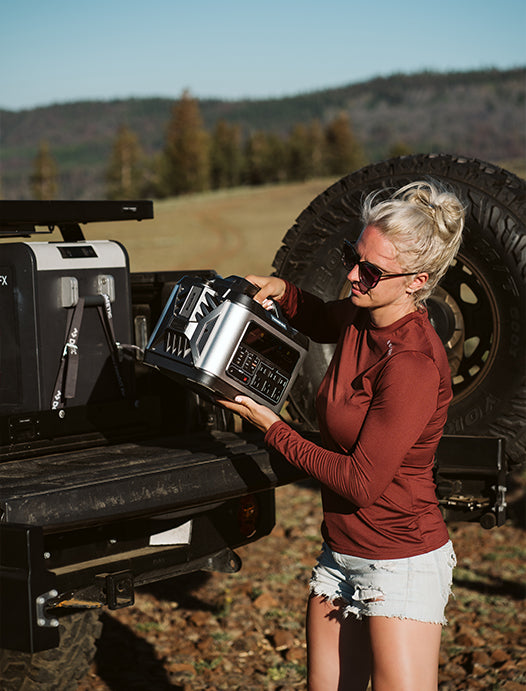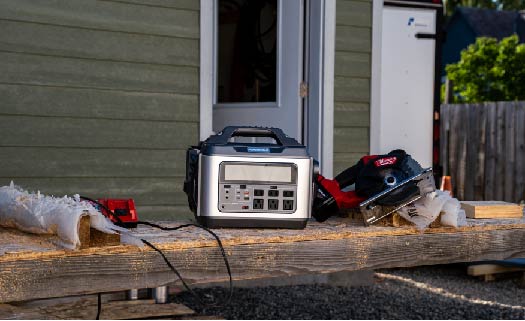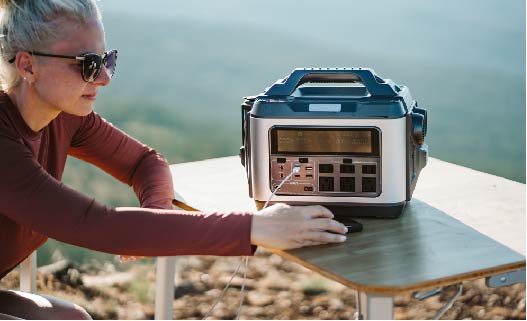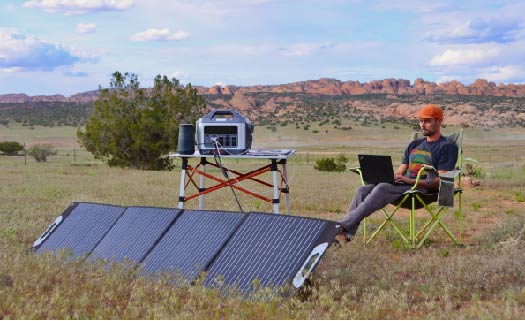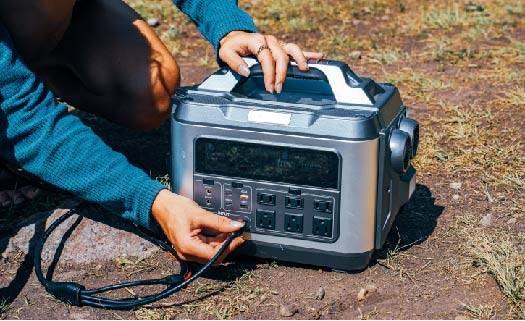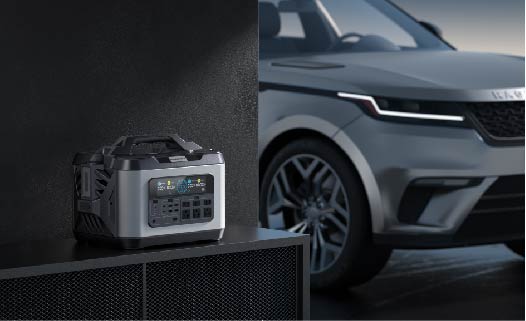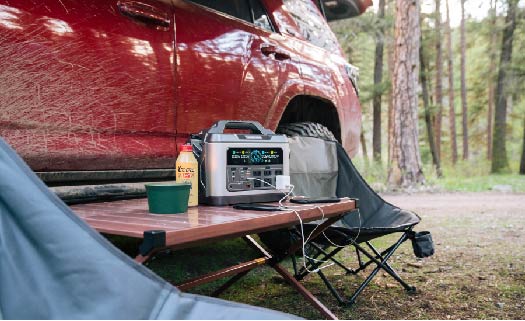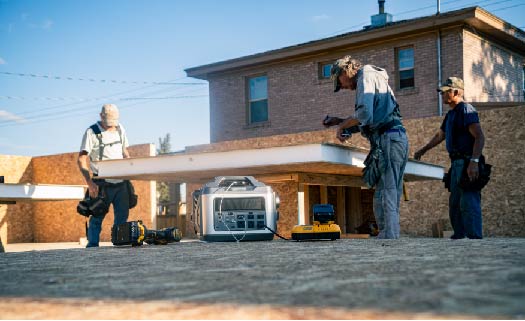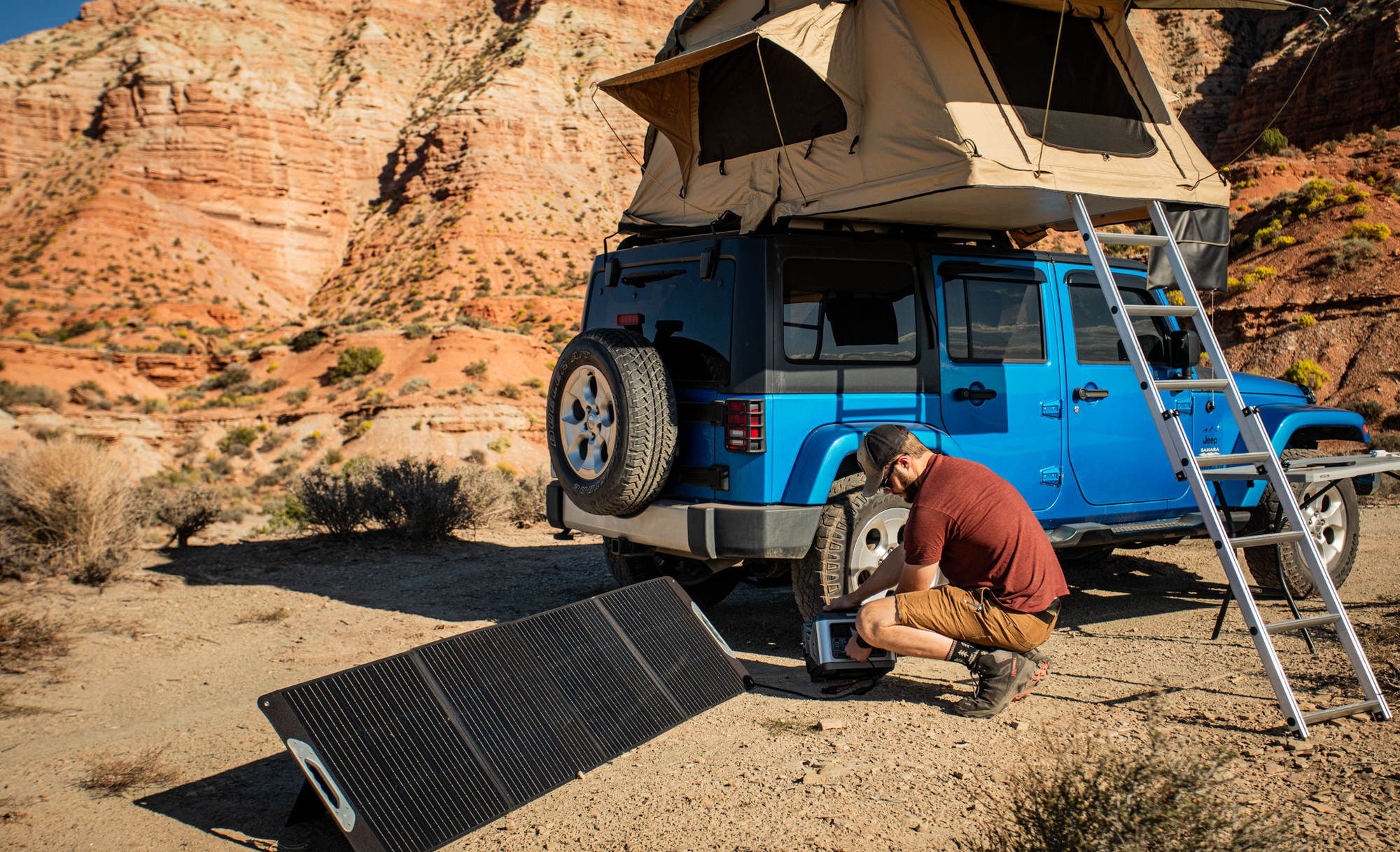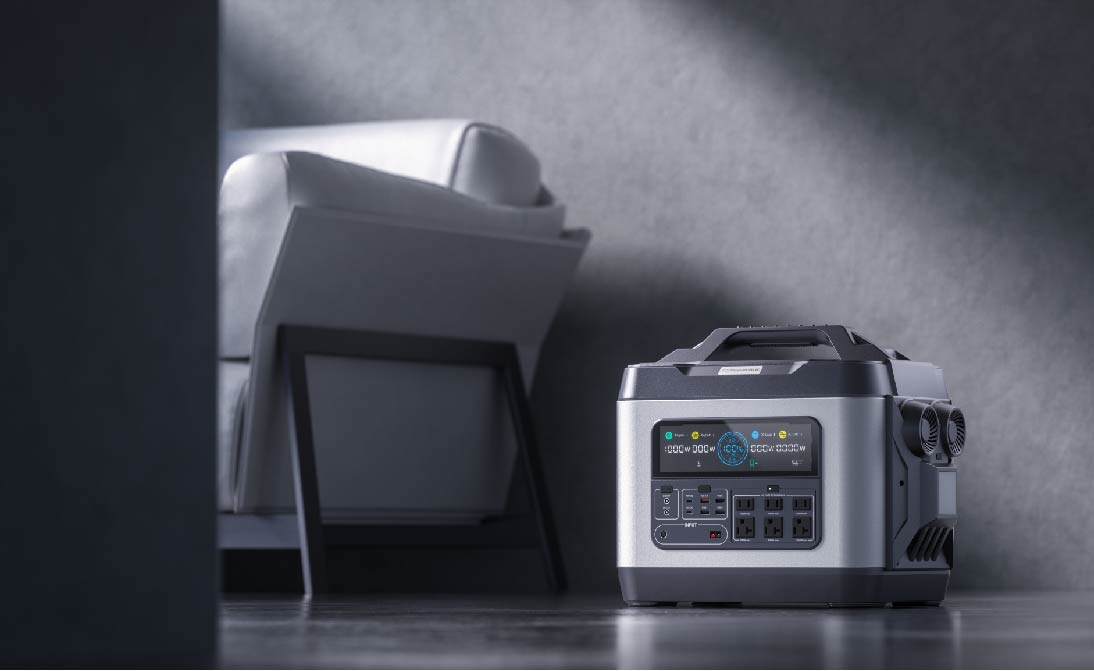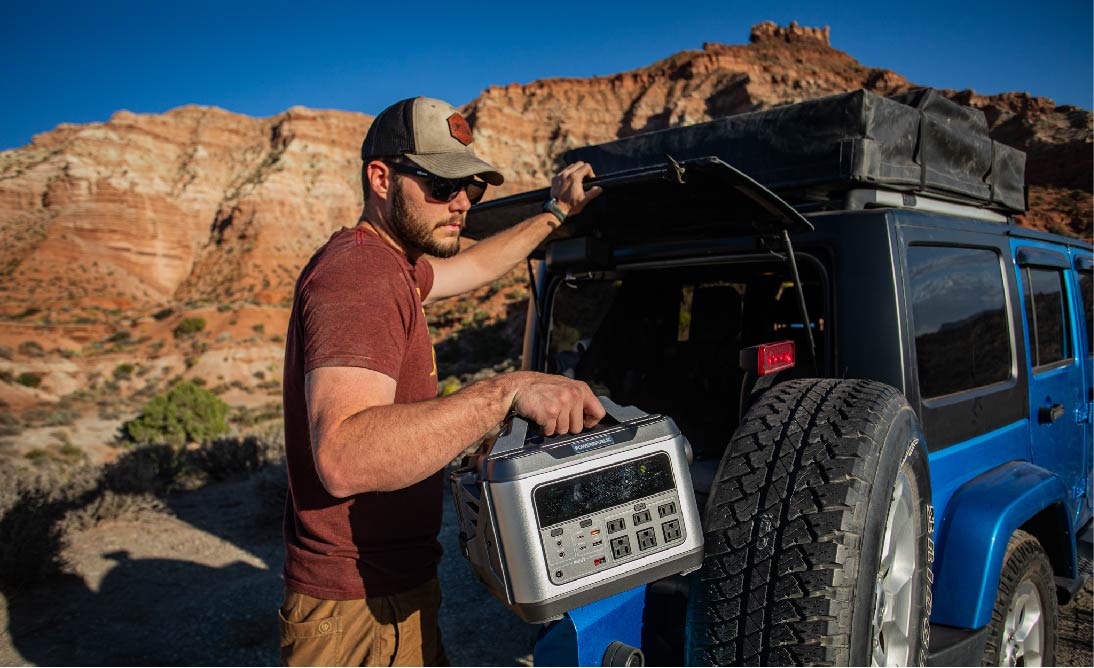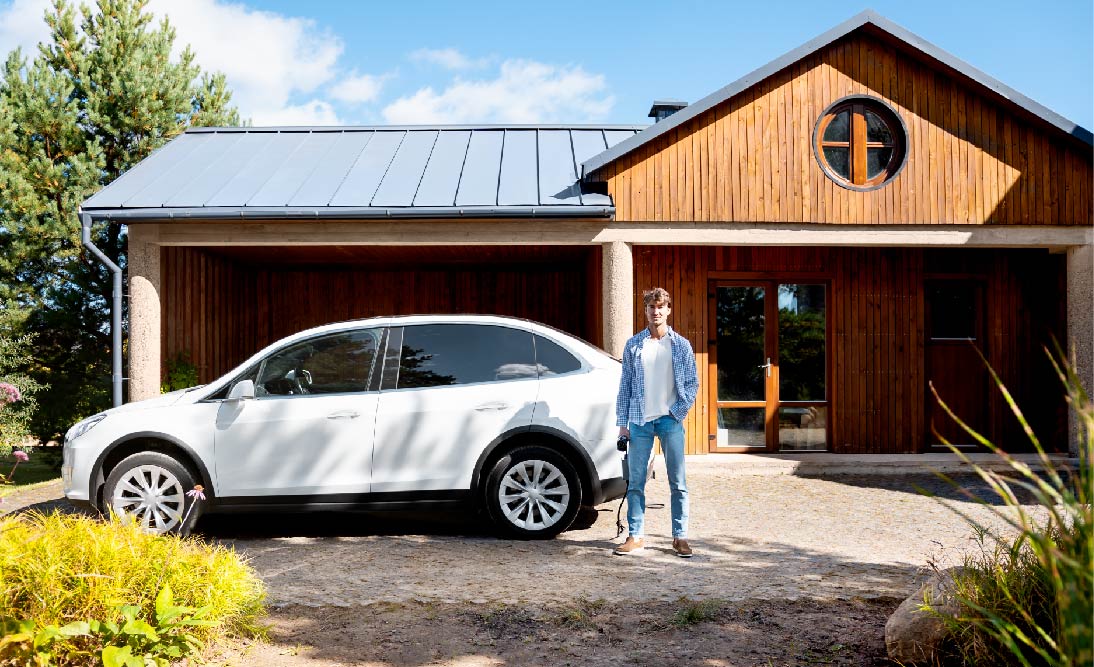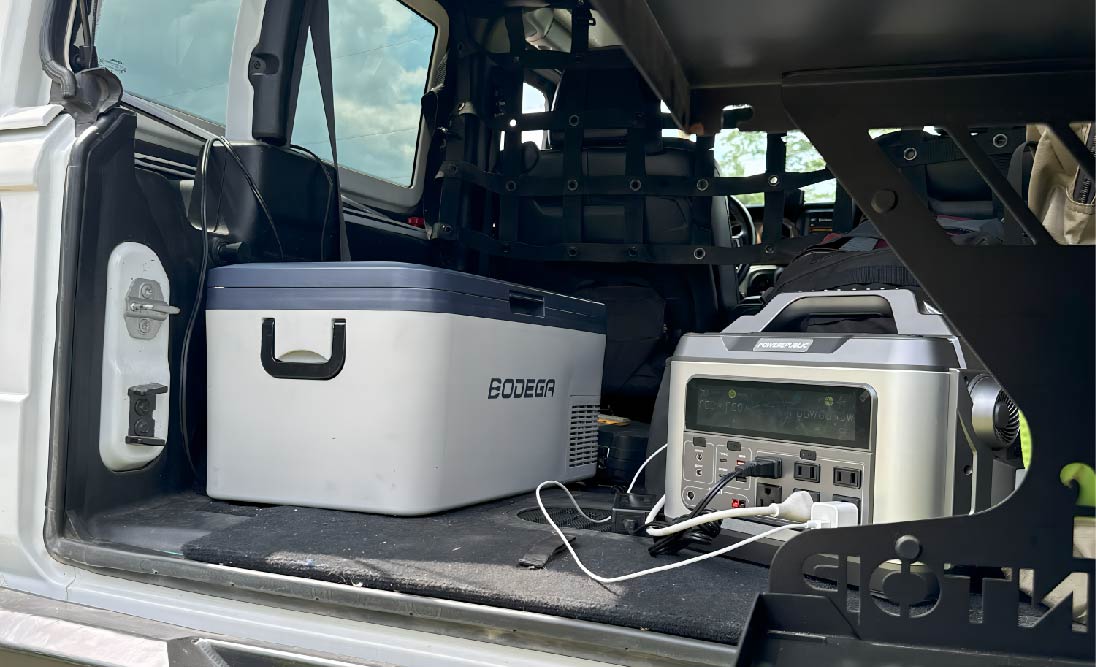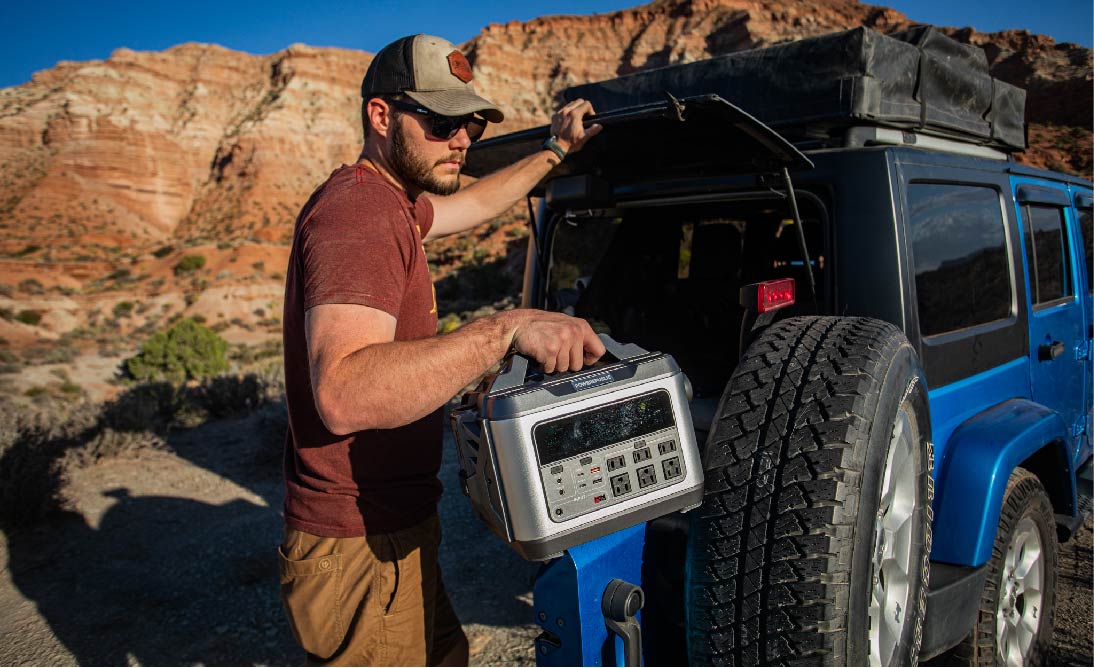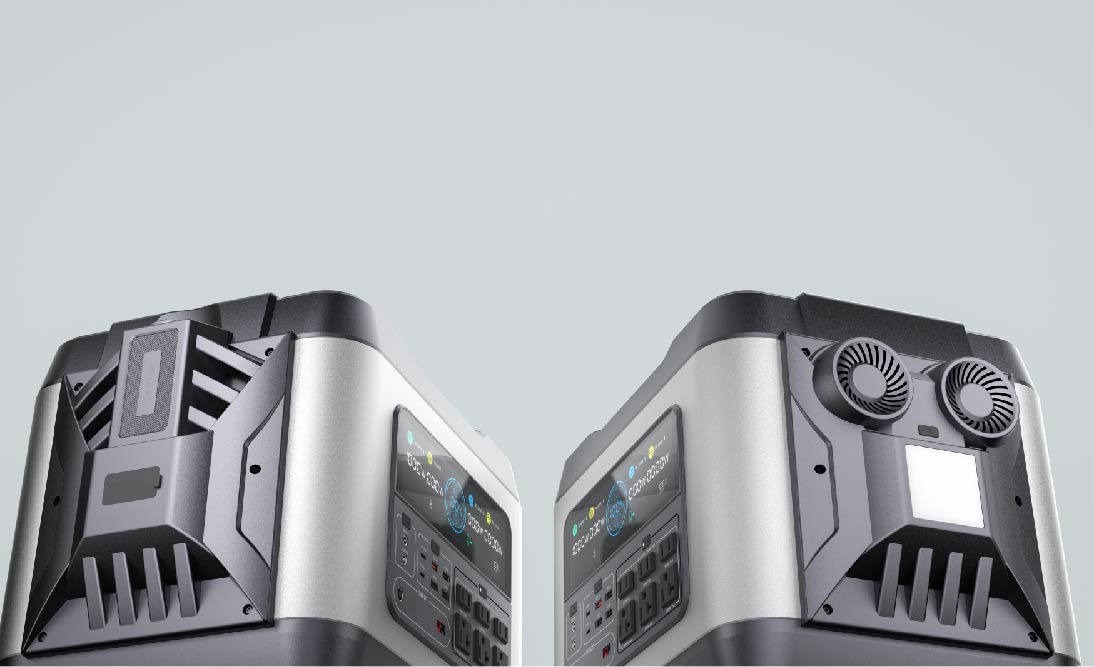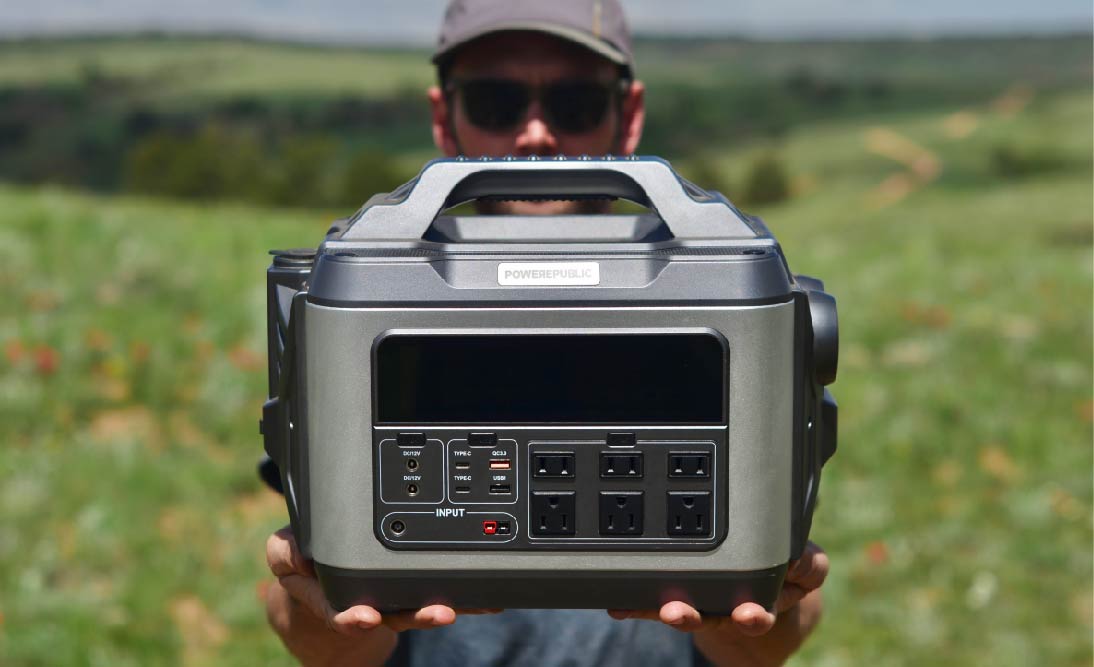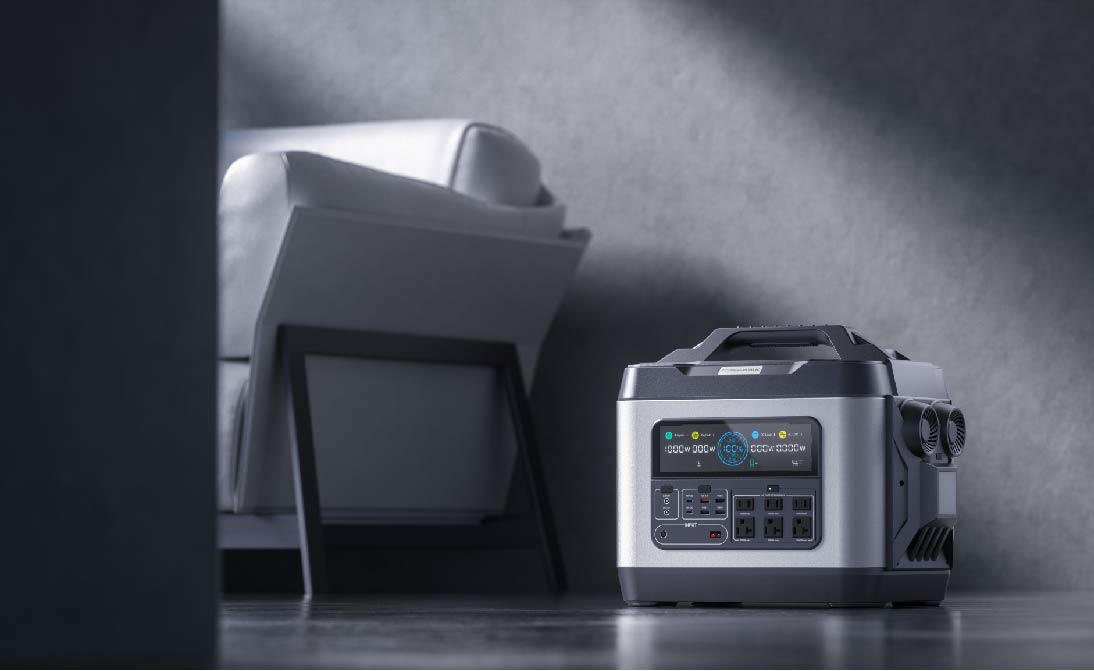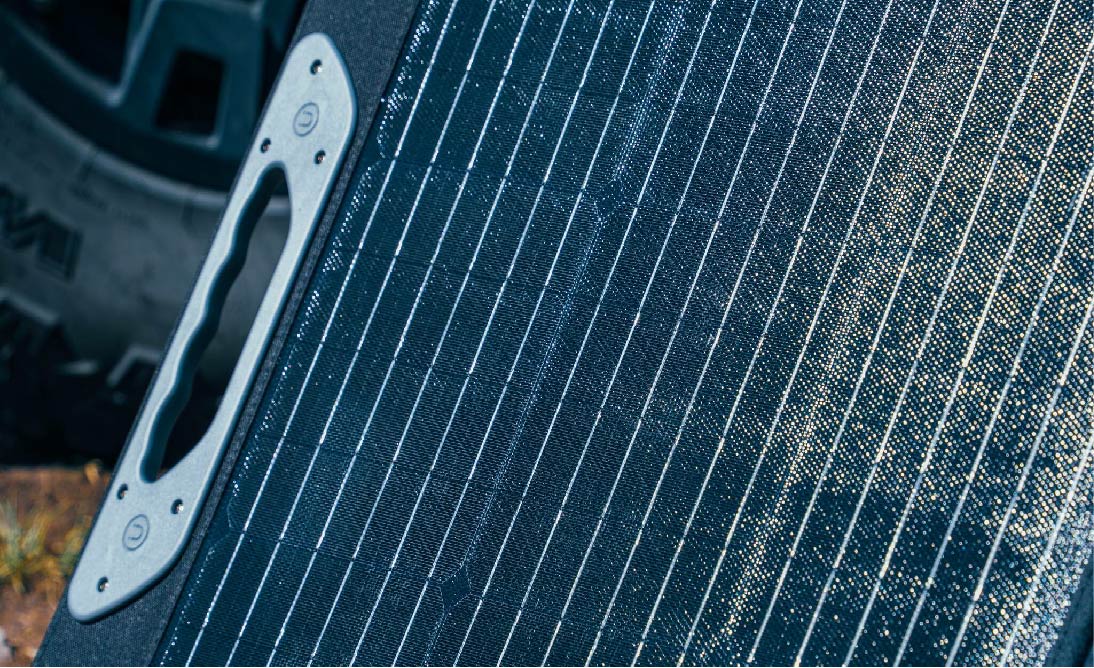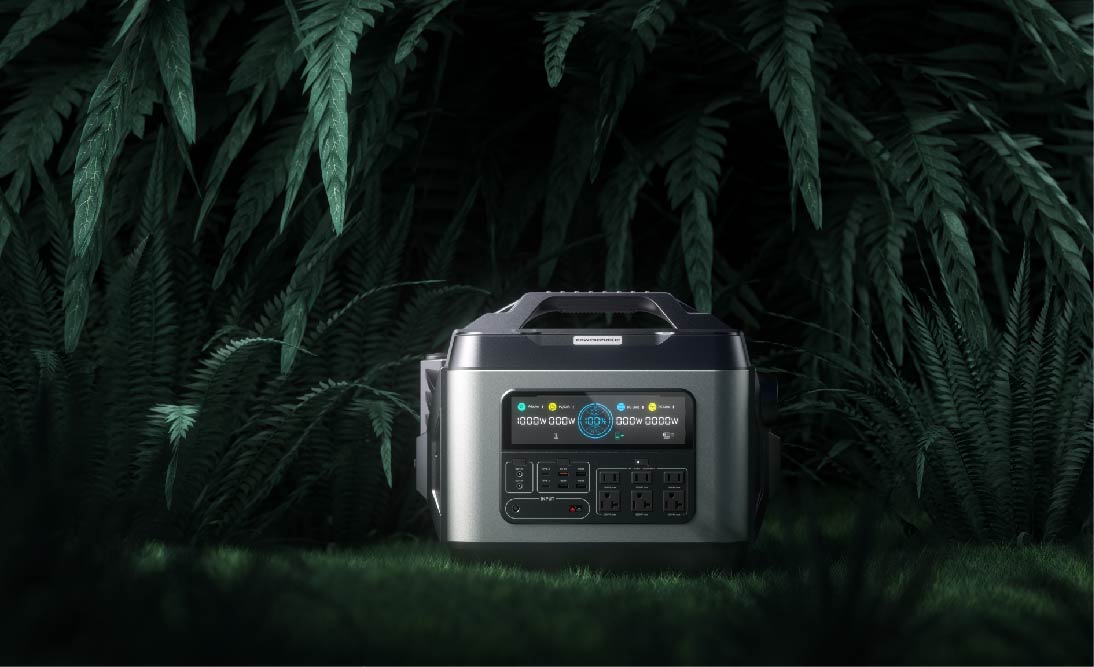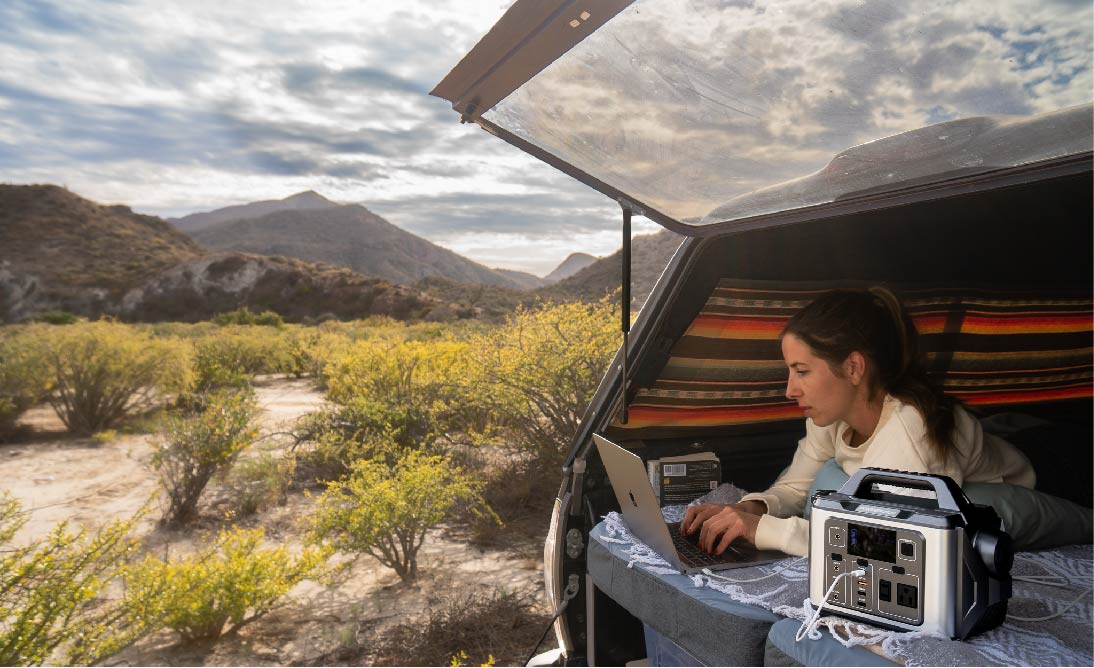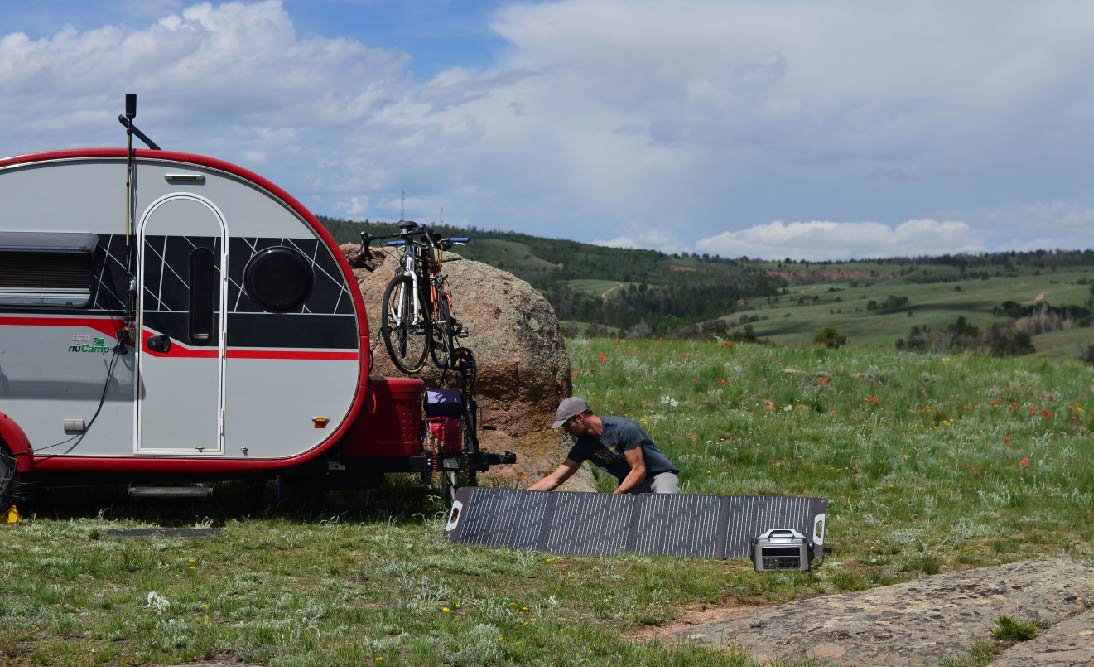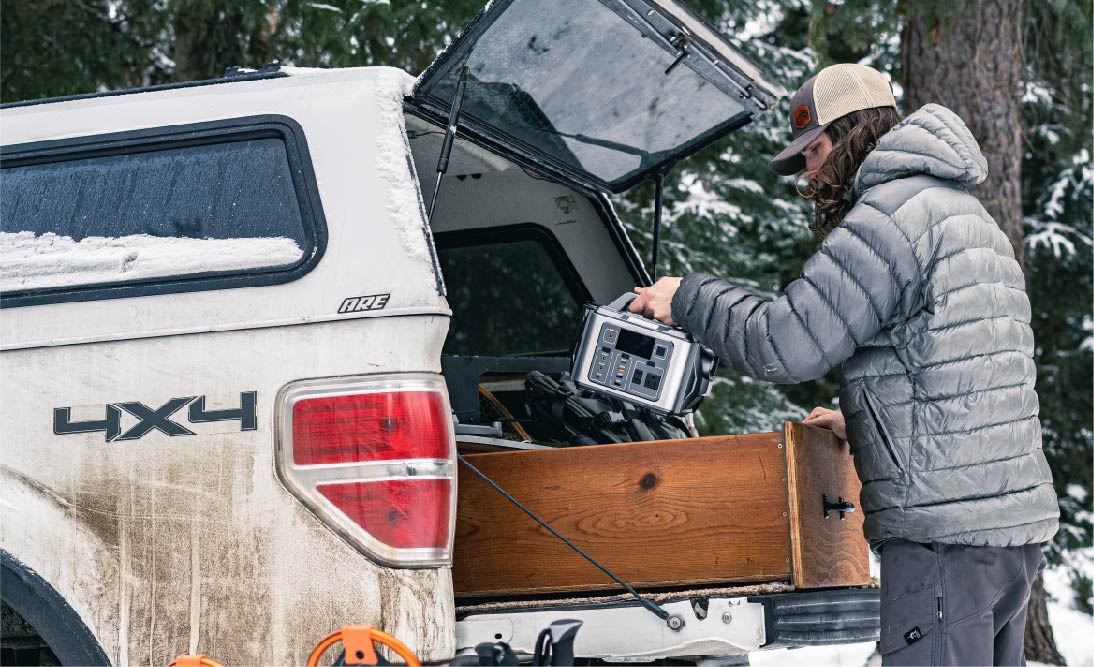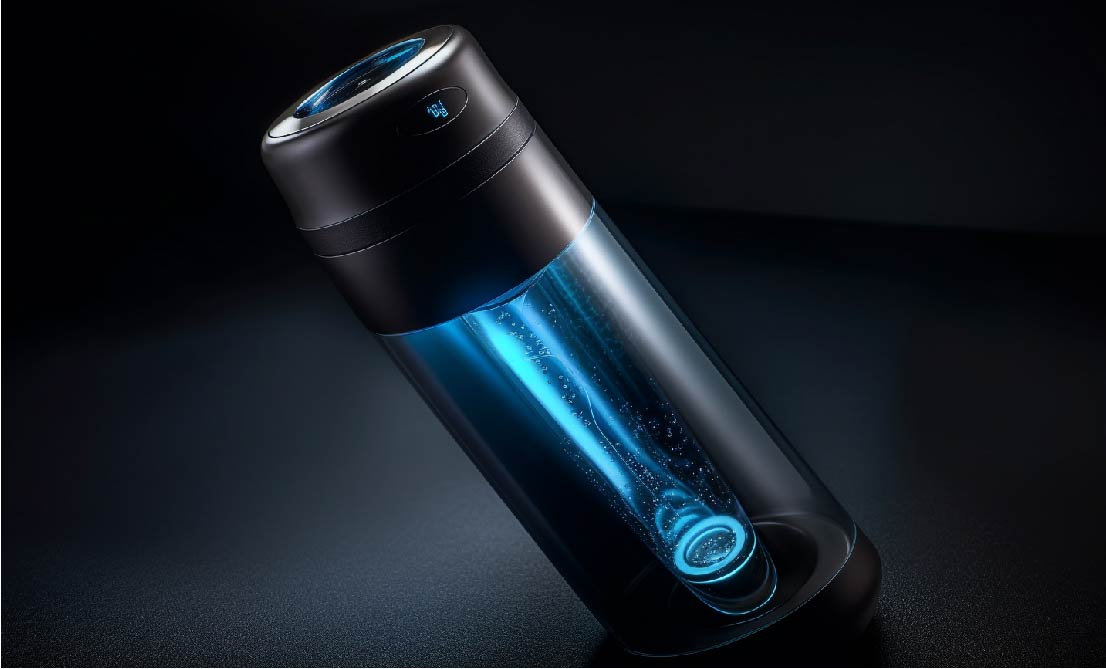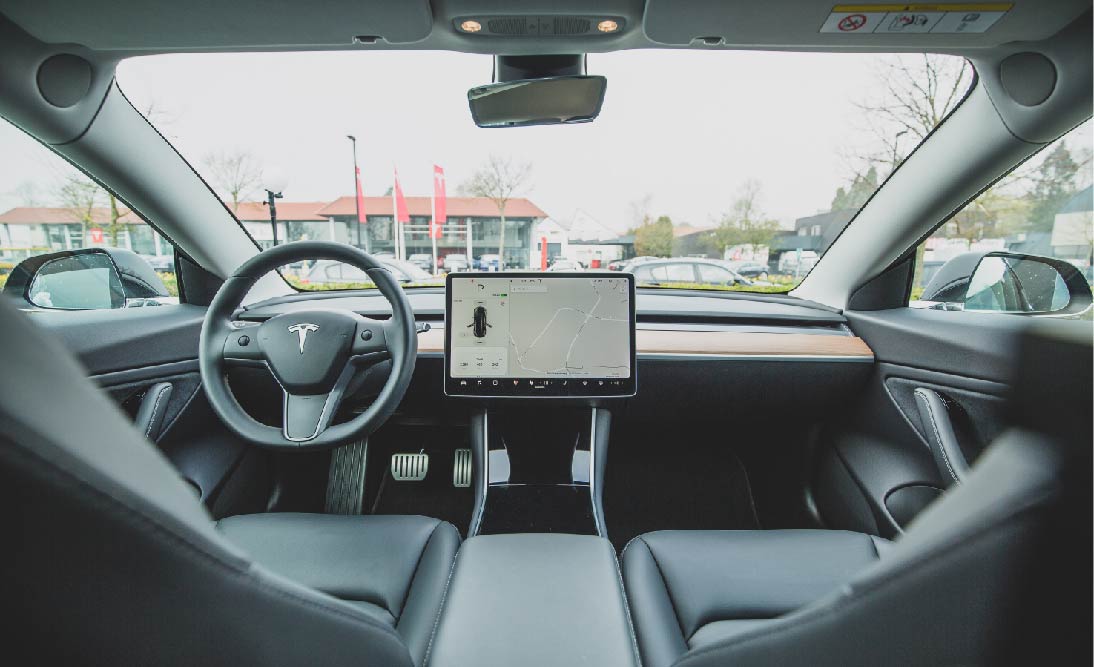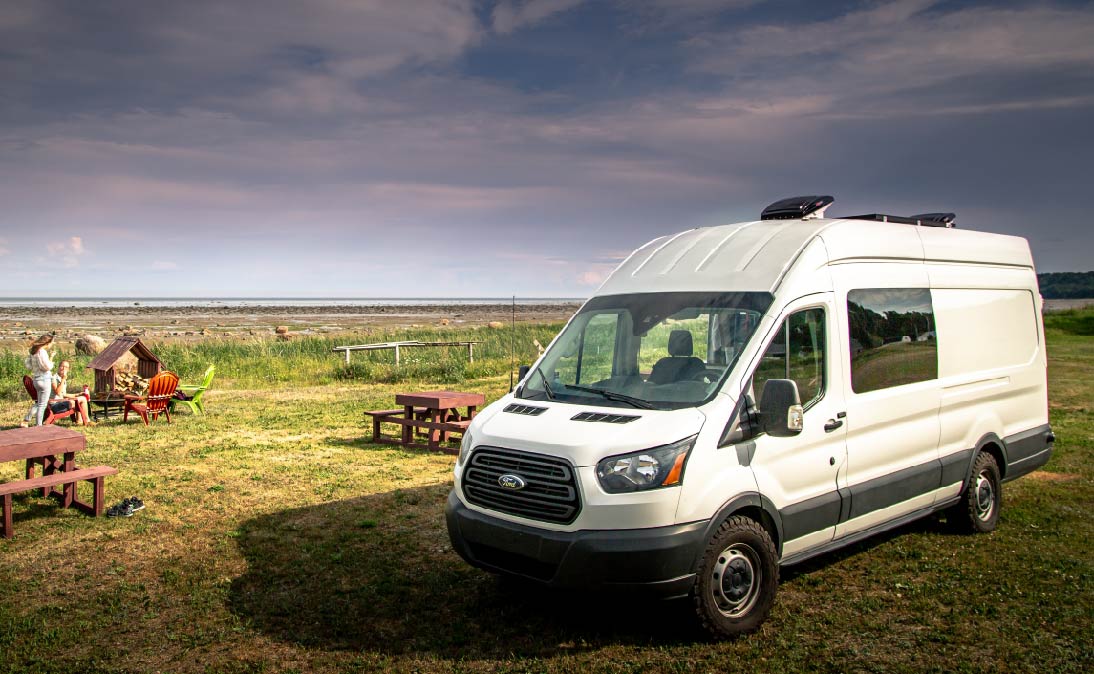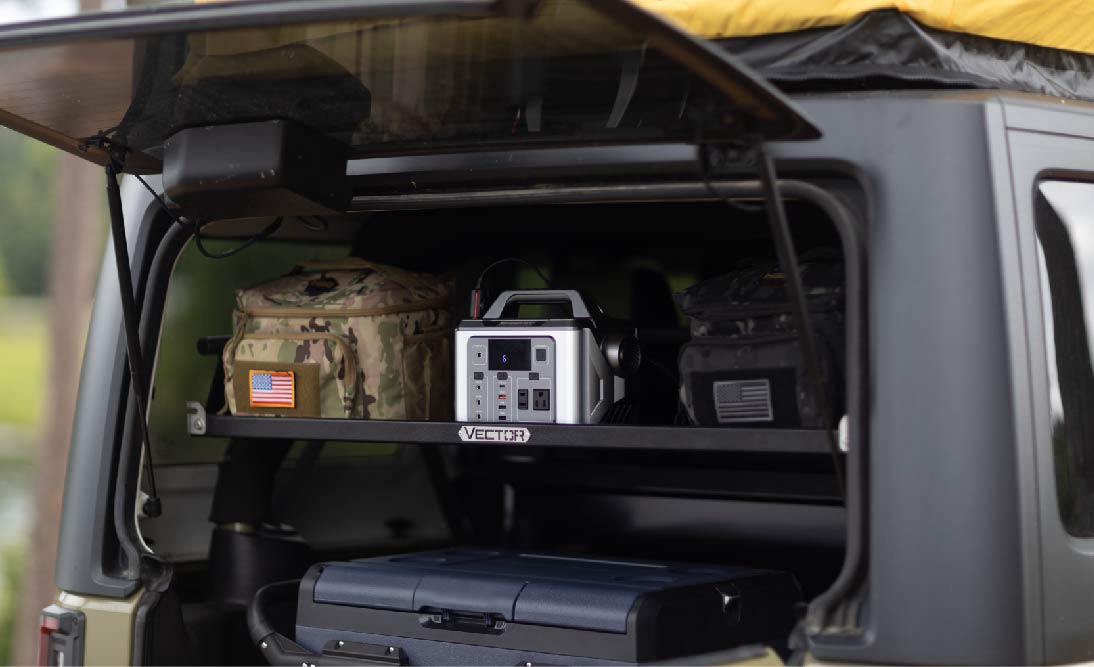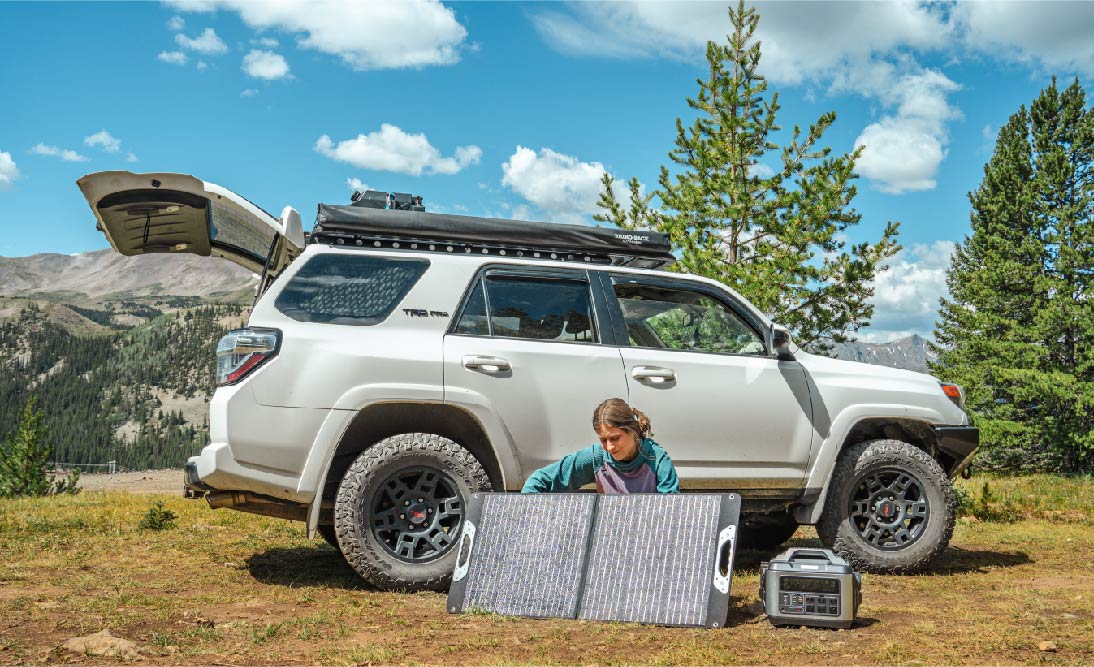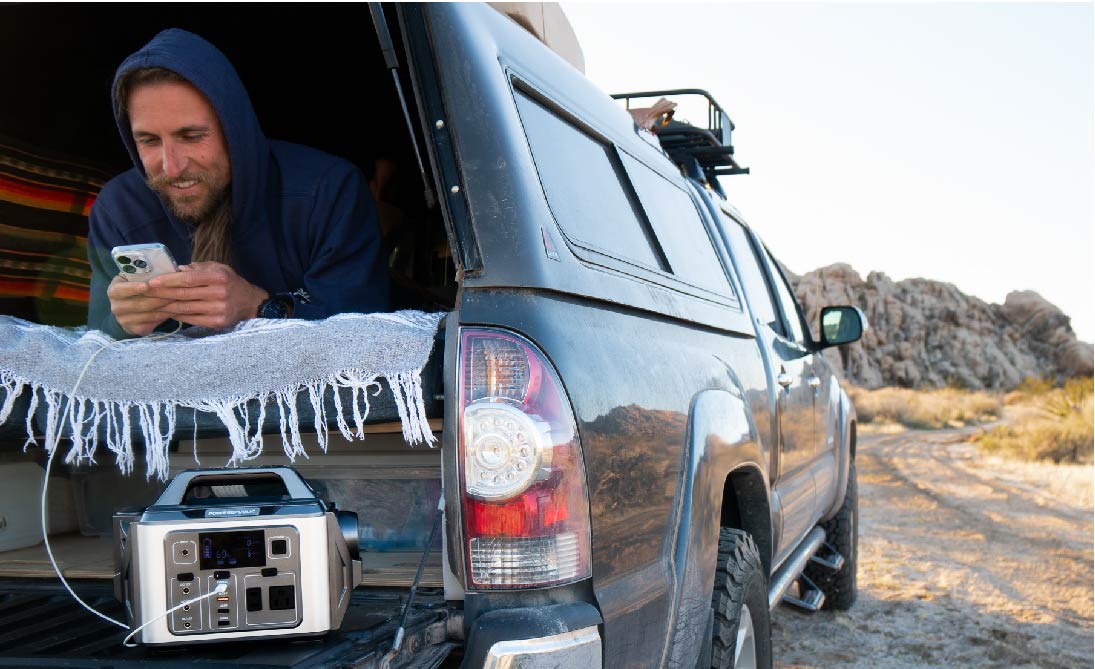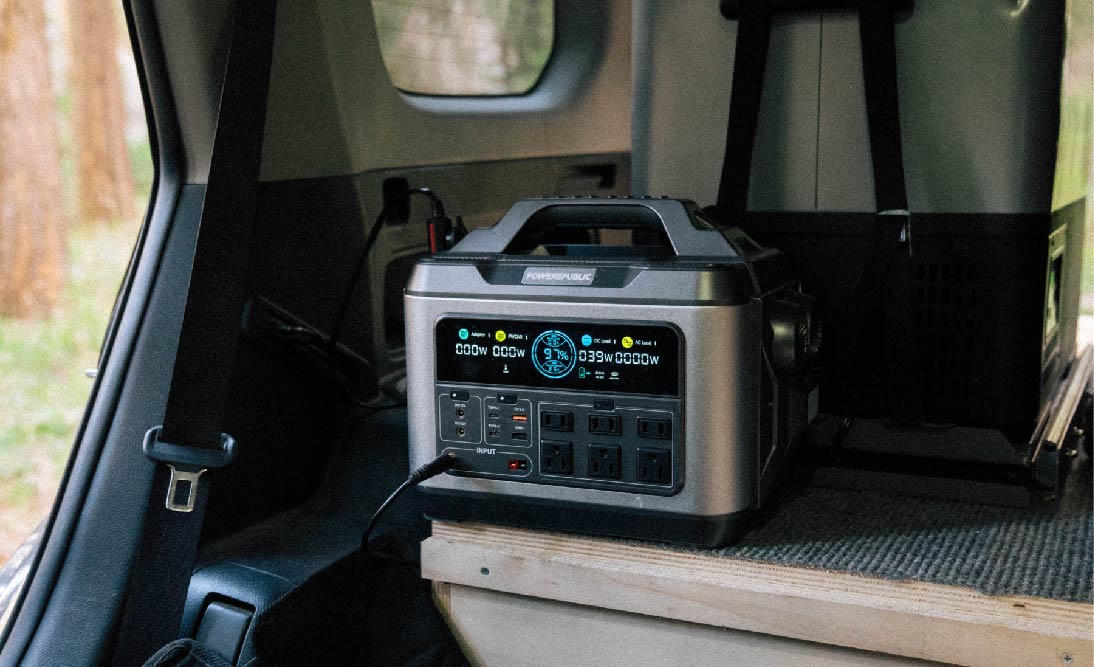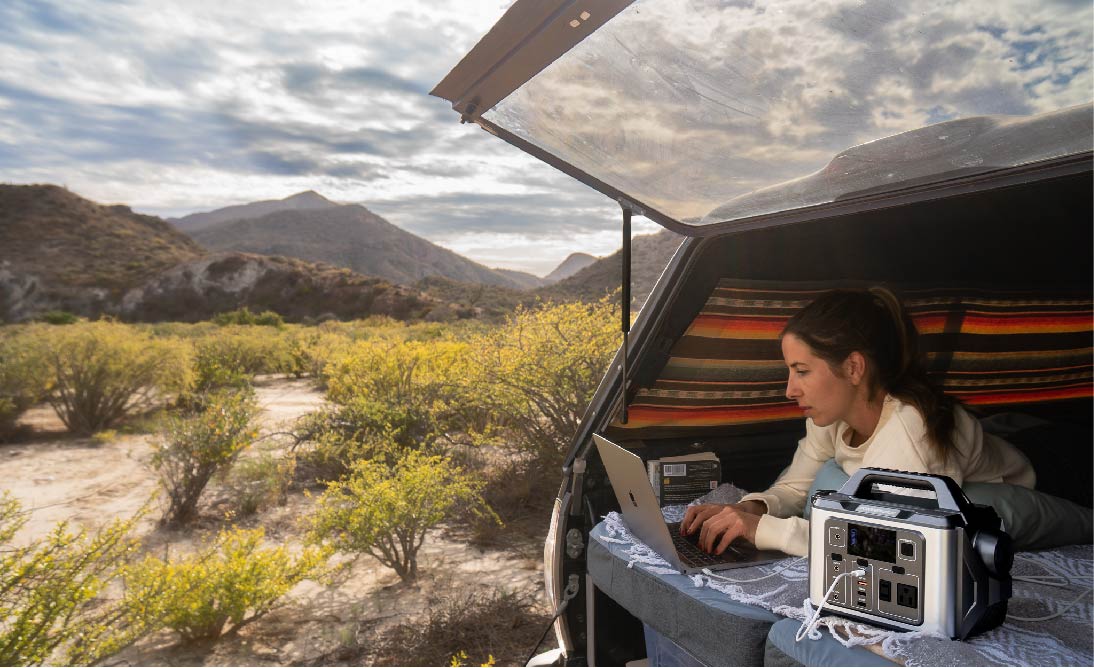Table of Contents:
-
How to Pair a 3000 Watt Battery with the Right-Sized Inverter?
-
3000 Watt Battery: POWEREPUBLIC T3000 Portable Power Station
In today's fast-paced world, where energy demands are constantly on the rise, understanding and utilizing the power of a 3000 watt battery has become increasingly crucial. Whether you're looking to maintain a steady power supply for your home, embark on outdoor adventures with reliable energy, or integrate sustainable solutions into your renewable energy systems, a 3000 watt battery offers a versatile and robust solution. However, with this comes a set of challenges, including selecting the right type of battery, understanding its strengths and limitations, and effectively pairing it with a suitable inverter and solar panels.
Additionally, questions about the lifespan, capacity, and overall efficiency of these batteries are common concerns for users. This comprehensive guide delves into these critical aspects, offering insights and solutions that cater to the modern energy consumer's needs. From comparing Lithium-ion and LiFePO4 batteries to exploring the functionalities of the POWEREPUBLIC T3000 portable power station, we provide an in-depth look at how to maximize the potential of a 3000 watt battery, making it an indispensable resource for anyone navigating the world of high-capacity batteries.
3000 Watt Battery Overview

A 3000 Watt Battery refers to a battery system capable of delivering or supporting 3000 watts of power. It's a measure of the battery's capacity to handle power demands, not necessarily its storage capacity, which is typically measured in watt-hours (Wh) or kilowatt-hours (kWh).
What is a 3000 Watt Battery?
In its basic form, a 3000 watt battery is designed to provide a high power output, suitable for running appliances or systems that require a substantial amount of energy. This type of battery is commonly found in various applications, from residential backup power systems to portable power solutions for outdoor activities. Most batteries are using either lithium-ion or LiFePO4 technology these days.
How Does It Work?
The core function of a 3000 watt battery is to store electrical energy and provide it at a rate of up to 3000 watts. The actual duration for which it can sustain this power output depends on the battery’s total energy capacity (in Wh or kWh). For example, a battery with a capacity of 3000 watts-hours could theoretically deliver a load of 3000 watts for one hour, or a lower wattage for a proportionally longer period.
Is a 3000 Watt Battery the Same as a 3000 Watt Portable Power Station?
-
3000 Watt Battery: This term usually refers to just the battery itself. It's the component that stores electrical energy. Its versatility depends on the system it's integrated into. In some setups, it could be part of a larger stationary system, like a home solar power setup.
-
3000 Watt Portable Power Station: This is typically an all-in-one unit that includes not only a battery but also an inverter, charge controller, inputs/outputs, and sometimes additional features like solar charging capability, multiple outlets, and display screens. The "3000 watt" specification here would refer to the inverter's output capability, meaning it can deliver a steady power of 3000 watts and usually a higher surge power for short durations.
Overall, while both a 3000 watt battery and a 3000 watt portable power station can deliver the same amount of power, the portable power station is a more comprehensive, ready-to-use solution with additional components and features for ease of use and versatility in various applications.
Lithium-ion VS. Lifepo4 Batteries: How To Choose?

When comparing Lithium-ion (Li-ion) and Lithium Iron Phosphate (LiFePO4) batteries, it's essential to understand their characteristics to make an informed choice. Here's a breakdown of key factors to consider:
Energy Density
-
Li-ion: Higher energy density, meaning they can store more energy in a smaller space. This makes them ideal for applications where size and weight are critical factors, such as mobile devices and electric vehicles.
-
LiFePO4: Lower energy density compared to Li-ion. They are bulkier for the same energy capacity.
Safety and Stability
-
Li-ion: Generally safe, but can pose a higher risk of thermal runaway and overheating, especially if damaged or improperly handled.
-
LiFePO4: Known for their excellent thermal and chemical stability, making them safer in terms of reduced risk of overheating and catching fire.
Lifespan and Cycle Life
-
Li-ion: Typically has a cycle life of 500 to 1,500 cycles before its capacity significantly degrades.
-
LiFePO4: Longer lifespan, often exceeding 2,000 cycles. This makes them more suitable for applications where batteries are frequently charged and discharged.
Cost
-
Li-ion: Generally cheaper in terms of initial cost.
-
LiFePO4: More expensive initially, but their longer lifespan can make them more cost-effective in the long run.
Environmental Impact
-
Li-ion: Contains cobalt, which has environmental and ethical concerns regarding its mining.
-
LiFePO4: More environmentally friendly as they do not contain cobalt.
Charging Speed
-
Li-ion: Can be charged faster.
-
LiFePO4: Generally has slower charging rates.
Temperature Tolerance
-
Li-ion: Performance can degrade in extreme temperatures.
-
LiFePO4: Better performance in a wide range of temperatures.
Application Suitability
-
Li-ion: Preferred for high-density energy applications like smartphones, laptops, and electric vehicles.
-
LiFePO4: Ideal for stationary applications like solar energy storage, backup power, and where safety and lifespan are priorities.
How to Choose?
-
Determine Your Application's Needs: Consider the specific requirements of your application, such as energy density, size, weight, and safety.
-
Evaluate Cost vs. Lifespan: If long-term cost efficiency is important, LiFePO4 may be more beneficial despite the higher initial cost.
-
Consider Safety: If your application involves a higher risk of impact or harsh conditions, LiFePO4's stability might be preferable.
-
Assess Environmental Impact: If environmental concerns are a priority, LiFePO4 is a more eco-friendly option.
-
Check Temperature Requirements: For applications in extreme temperatures, LiFePO4 batteries may perform more reliably.
Ultimately, the choice between Li-ion and LiFePO4 batteries depends on the specific requirements and constraints of your intended application.
Strengths and Limitations of a 3000 Watt Battery

A 3000 watt battery represents a significant leap in terms of capacity and functionality. These batteries are designed to handle high-demand applications, making them a popular choice for a range of uses, from emergency power backups to supporting renewable energy systems. However, as with any technology, they come with their own set of strengths and limitations. Understanding these will help users and buyers make informed decisions based on their specific power needs.
Strengths of a 3000 Watt Battery
-
High Power Output: The ability to deliver up to 3000 watts makes these batteries ideal for running high-energy-demand appliances and tools, offering robust support in various situations.
-
Versatility: They find applications in diverse areas, from residential backup systems to portable power for outdoor activities, and can even be integrated into some electric vehicles.
-
Sustainability: When used in conjunction with renewable energy sources, such as solar panels, these batteries can form part of a sustainable, eco-friendly energy solution.
-
Emergency Readiness: In power outages, a 3000 watt battery can be a lifeline, powering critical appliances like refrigerators, lights, and medical equipment.
-
Portability: Select models are designed for easy transport, making them suitable for camping, RV use, and outdoor events.
-
Expandability: Many systems allow for the integration of multiple batteries, enabling scalability to meet increasing power demands.
Limitations of a 3000 Watt Battery
-
Weight and Size: Due to their capacity, some 3000 watt batteries can be quite heavy and large, making them less suitable for applications where space and weight are constraints.
-
Cost: The high power capacity often comes with a higher price tag, both in terms of initial investment and potential maintenance.
-
Energy Density vs. Battery Chemistry: Depending on the battery chemistry (e.g., Lithium-ion, LiFePO4), the energy density can vary, impacting the efficiency and suitability for certain applications.
-
Charging Time: Larger batteries typically take longer to charge fully, especially when using standard electrical outlets or solar panels.
-
Complexity in Management: Managing these batteries, particularly in larger systems or when combined with renewable energy sources, can require more sophisticated control systems and monitoring.
-
Dependence on Usage Patterns: The efficiency and lifespan of these batteries can be significantly affected by usage patterns, including the depth of discharge and frequency of charging cycles.
So while a 3000 watt battery offers substantial benefits in terms of power and versatility, potential users should consider factors like size, cost, and specific energy needs to ensure they choose a battery that aligns with their requirements.
How to Pair a 3000 Watt Battery with the Right-Sized Inverter?

Pairing a 3000 watt battery with the right-sized inverter is crucial for optimizing the efficiency and functionality of your power system. Here's a guide to help you make the right choice:
Understanding Inverter Functionality
-
Role of an Inverter: An inverter converts the DC (Direct Current) output of the battery into AC (Alternating Current), which is used by most household appliances and electronic devices.
-
Sizing Importance: The inverter must be sized appropriately to handle the maximum power draw you expect from your battery without overloading.
Steps to Pair with the Right-Sized Inverter
Determine Peak Load Requirements:
-
Identify all the devices you plan to run off the inverter.
-
Calculate their total wattage when run simultaneously. This gives you the peak power requirement.
Consider Continuous and Surge Power:
-
Continuous Power: The inverter's continuous rating should meet or exceed your calculated peak load.
-
Surge Power: Inverters can handle a higher surge power for short durations (needed when appliances like refrigerators or power tools start up). Ensure the inverter's surge rating covers these peak demands.
Match Inverter Wattage with Battery Capacity:
-
A 3000 watt battery implies it can deliver up to 3000 watts. Select an inverter with a continuous power rating that matches or slightly exceeds this.
Efficiency Factor:
-
Inverters are not 100% efficient (typically 85-95%). Factor in this efficiency loss when sizing your inverter.
Battery Voltage Compatibility:
-
Ensure the inverter is compatible with your battery’s voltage (e.g., 12V, 24V, 48V).
Plan for Future Expansion:
-
If you anticipate adding more appliances in the future, consider getting an inverter with a slightly higher rating than currently needed.
Additional Considerations
-
Quality and Safety Features: Look for inverters with safety protections like overload protection, short-circuit protection and temperature control.
-
Pure Sine Wave vs. Modified Sine Wave: Pure sine wave inverters are preferred for running sensitive electronics and motors smoothly.
-
Certifications: Check for relevant certifications and standards to ensure safety and compatibility.
Final Tips
-
Consult a Professional: If unsure, consult with a solar energy system professional or an electrician who can advise on the best inverter for your specific setup.
-
Read Reviews and Compare Brands: Look for reputable brands and read user reviews to gauge performance and reliability.
By carefully selecting an inverter that complements your 3000 watt battery, you can create an efficient and reliable power system suitable for a variety of applications.
3000 Watt Battery: POWEREPUBLIC T3000 Portable Power Station

We know that to fully utilize a 3000 watt battery, you need to pair it with the right-sized inverter, solar panels, and so forth. The whole process not only requires professional knowledge but also a lot of time.
So a great alternative would a a portable power station with solar panel compatibility, such as a POWEREPUBLIC T3000 portable power station. With an output power of 3000W and a capacity of 3200Wh, it can power almost 90% of devices and home appliances. Let’s take a look at the features and functionality of the POWEREPUBLIC T3000 portable power station as a 3000 watt battery.
POWEREPUBLIC T3000 Portable Power Station Evaluation
Output Power:
-
Running Power: 3000W.
-
Surge Power: 6000W.
-
Implication: This is suitable for powering a wide range of devices and home appliances, especially those with high power requirements and needing a surge power to start up.
Battery Capacity:
-
Claimed: 3200Wh (Watt-hours).
-
Implication: This high capacity indicates a substantial amount of energy storage, allowing for extended use before needing a recharge.
Solar Panel Compatibility:
-
Claimed: 230W Solar Input Max.
-
Implication: This feature enhances the versatility and sustainability of the power station, allowing for off-grid use and eco-friendly recharging.
Other Additional Features:
-
Efficiency: 85%.
-
Operation Time: For any devices or appliances, use the formula: Capacity(Wh) * 0.85 / Power of the item(W) to get the estimated operation time for the T3000 model. For example, if you want to know for how long the T3000 model can power a microwave(1000W), the operation time approximately would be 2.7 hours(3200Wh*0.85/1000W).
-
Charging Time: 5 to 6 hours using an AC adapter(500W), 16 hours using a 200W solar panel, and 28 hours using a car charger(12V/8A).
-
Portability: 88Ibs/40Kg.
-
Dimension: 3*11.8*14.5 inch.
-
Safety Features: Battery Management System includes overcharge protection, temperature control, and short-circuit prevention.
-
Display and Controls: An LCD for monitoring.
-
Warranty and Support: 2-Year-Warranty
-
Brand Review: 4.5 rating on Trustpilot.
By looking at all the specs and features above, we hope you can have a general idea of the functionality of the POWEREPUBLIC T3000 portable power station. If you are searching for a 3000 watt battery, the T3000 model would be an excellent choice for you.
FAQ I: What’s the Lifespan of a 3000 Watt Battery?

The lifespan of a 3000 watt battery is determined by several factors, including its type, usage patterns, and maintenance. Let's break it down:
Battery Type
-
Lithium-ion Batteries: These typically last for about 500 to 1500 charge cycles. A charge cycle is a period where a battery goes from fully charged to fully discharged and then back to fully charged again.
-
Lead-Acid Batteries: They usually have a shorter lifespan, around 300 to 800 charge cycles.
-
Lithium Iron Phosphate (LiFePO4): Known for longer lifespans, often exceeding 2000 cycles.
Usage Patterns
-
Depth of Discharge (DoD): Regularly discharging the battery completely can shorten its lifespan. A battery cycled to 50% DoD will last longer than one routinely cycled to 80% DoD.
-
Temperature and Environment: Extreme temperatures and harsh environmental conditions can also reduce battery life.
Example Calculation
Suppose you have a Lithium-ion 3000 watt battery with a lifespan of 1000 cycles, and you cycle it to 50% DoD:
-
Lifespan in Years = Number of Cycles / (365 days * Cycles per Day)
-
If you cycle it once every two days: Lifespan = 1000 / (365 * 0.5) =5 years
FAQ II: How to Determine the Battery Capacity?

Battery capacity is typically measured in watt-hours (Wh) or kilowatt-hours (kWh). It indicates how much energy the battery can store and is calculated as follows:
Formula
-
Battery Capacity (Wh) = Voltage (V) × Ampere-hours (Ah)
Example Calculation
Let's say you have a battery with a voltage of 12V and a current capacity of 100Ah:
-
Battery Capacity = 12V × 100Ah = 1200 Wh or 1.2 kWh
This means the battery can deliver 1200 watts for one hour, or any equivalent combination (e.g., 600 watts for 2 hours, 300 watts for 4 hours, etc.).
In the case of a 3000 watt battery, the term "3000 watts" typically refers to its power capability (how much power it can deliver at a moment), not its energy capacity. To find its capacity, you would need to know its voltage and amp-hour rating.
Important Note
The actual usable capacity might be less than the rated capacity due to factors like Peukert's effect (especially in lead-acid batteries), efficiency losses, and battery management system limitations.
Final Thoughts
In conclusion, understanding the nuances of a 3000 watt battery is crucial for anyone looking to harness high-power energy solutions efficiently. Whether it's for residential backup, outdoor activities, or renewable energy systems, the versatility and robustness of a 3000 watt battery make it a popular choice. However, the challenges in pairing it with the right inverter and solar panels, along with considerations for its lifespan and capacity, highlight the need for easier alternatives.
Here, the POWEREPUBLIC T3000 portable power station emerges as an excellent solution. Offering the convenience of a 3000 watt battery, with enhanced portability and solar panel compatibility, it stands out for its ease of use and comprehensive functionality. Ideal for those seeking a reliable and efficient power source, the POWEREPUBLIC T3000 illustrates the evolving landscape of portable power technology, seamlessly meeting the diverse needs of modern energy consumers.
